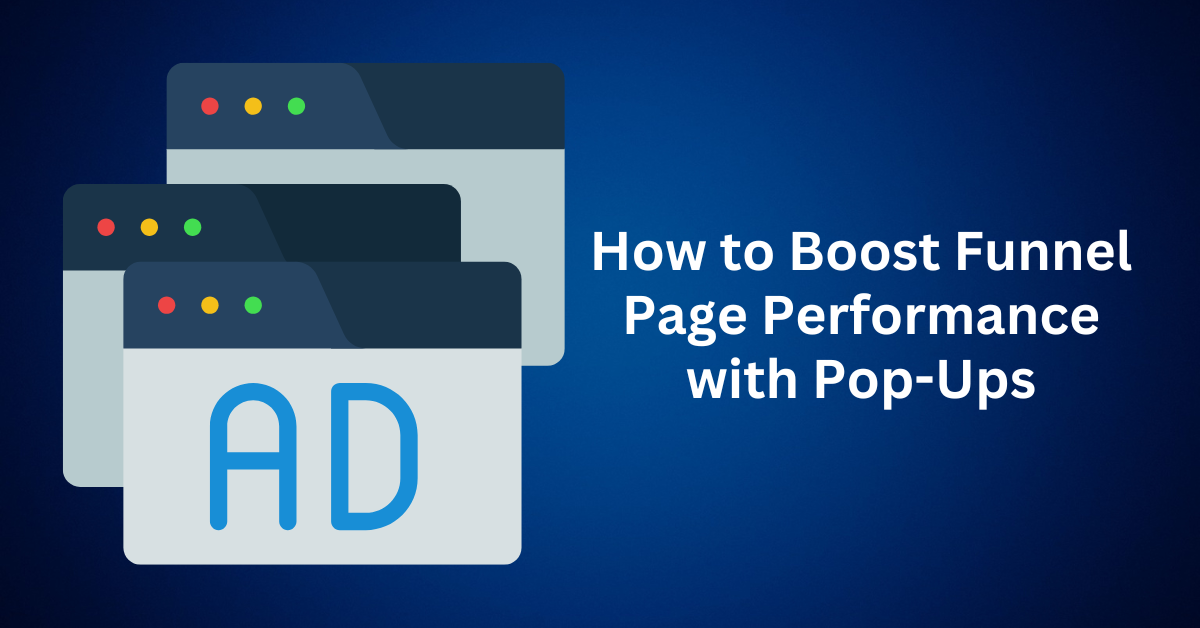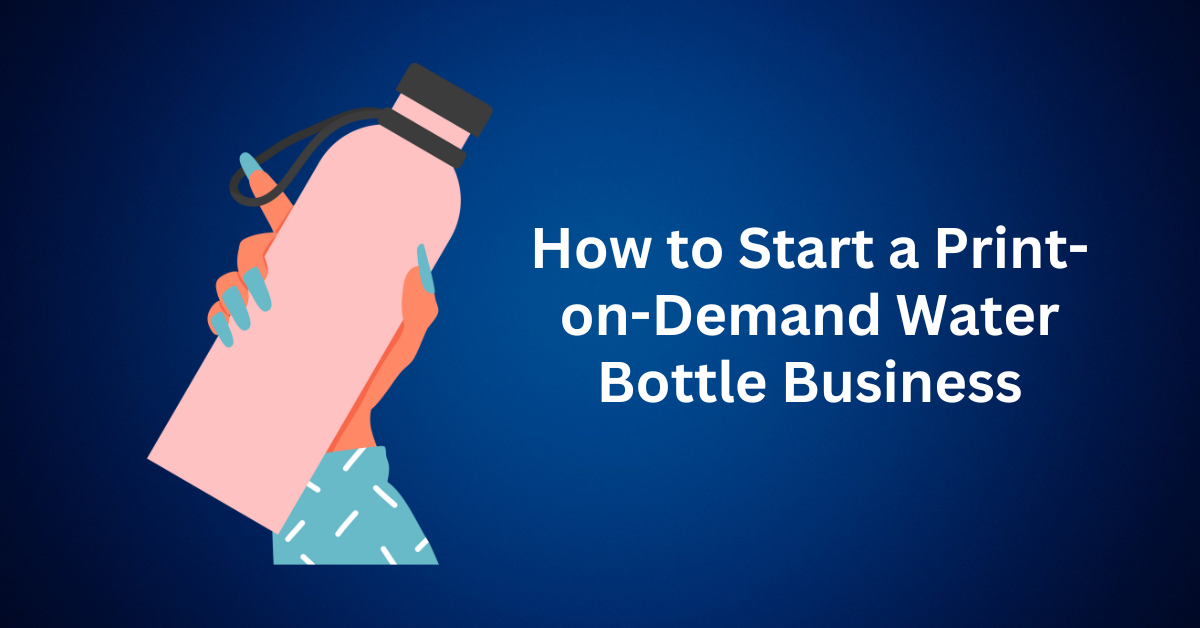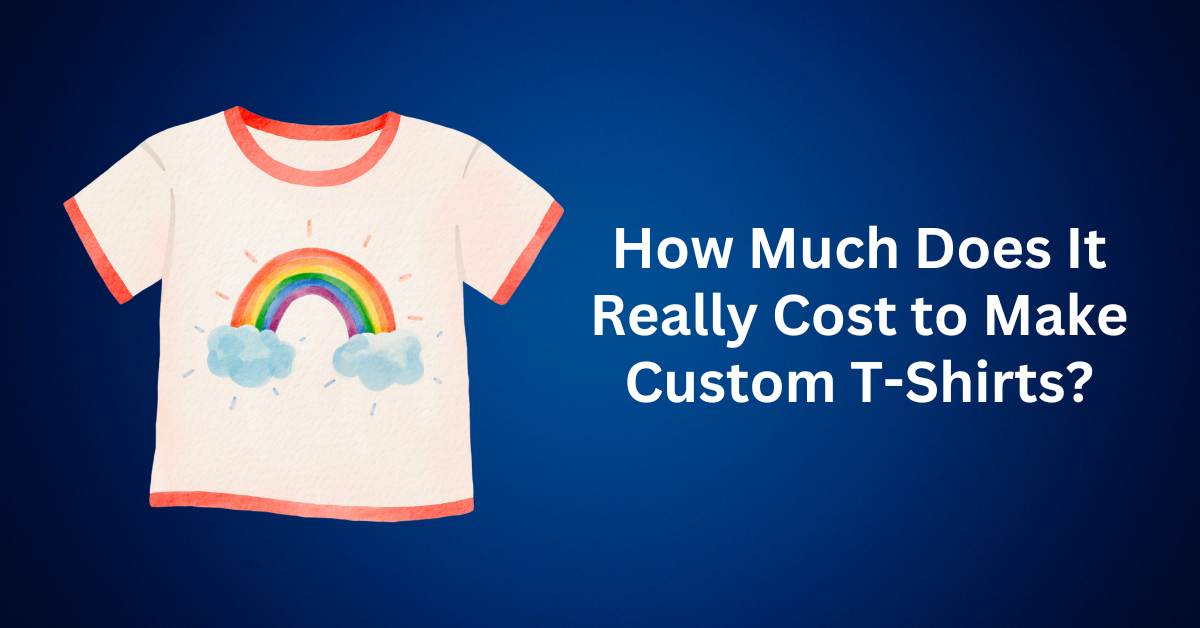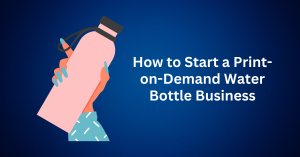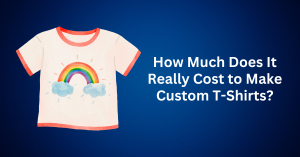When it comes to building a high-converting funnel page, most marketers focus on copywriting, design, and page speed. But there’s another powerful tool that often gets overlooked: pop-ups.
Love them or hate them, pop-ups can make a massive difference in how visitors interact with your funnel. Used strategically, they can recover lost leads, reduce cart abandonment, and encourage quick action—all without hurting user experience.
Let’s break down how pop-ups work inside a funnel, why they’re so effective, and the best practices to use them without annoying your audience.

Table of Contents
ToggleWhy Pop-Ups Can Supercharge Funnel Page Performance
A funnel page has one goal: to guide visitors toward a specific action. That might be subscribing to your email list, signing up for a webinar, downloading a freebie, or completing a purchase. The challenge? Many visitors hesitate or get distracted before taking that step.
This is where a well-timed pop-up becomes your secret weapon. Unlike static calls-to-action (CTAs), pop-ups grab attention instantly. When used thoughtfully, they:
- Boost email sign-ups → Capture leads before they exit.
- Recover lost sales → Remind shoppers of items left in their cart.
- Highlight limited-time offers → Create urgency with discounts or bonuses.
- Promote valuable content → Guide users toward eBooks, webinars, or case studies.
- Increase engagement → Encourage social follows or app downloads.
Instead of being a distraction, pop-ups act as a final nudge that helps hesitant visitors make a decision.
The Psychology Behind Effective Pop-Ups
The reason pop-ups work so well is simple: they interrupt patterns. Visitors often skim through pages without acting, but a pop-up demands attention in the moment.
Here’s what makes them effective:
- Timing matters – Exit-intent pop-ups appear when someone is about to leave, giving you one last chance to convert.
- Relevance is key – A discount pop-up on a product page feels helpful, but the same offer on a blog post may feel out of place.
- Clarity converts – Short, benefit-driven copy works better than long paragraphs.
- Value exchange – People are more likely to sign up if they’re getting something valuable in return (e.g., a guide, template, or discount).
When these elements align, pop-ups enhance the user journey instead of interrupting it.
5 Types of Pop-Ups That Boost Funnel Page Conversions
Pop-ups aren’t one-size-fits-all. Each type serves a different purpose, and choosing the right one can make or break your funnel page performance. By understanding the main types of pop-ups and when to use them, you can maximize conversions without hurting the user experience.
Here are the five most effective types of pop-ups for high-converting funnel pages:
1. Exit-Intent Pop-Ups – Recover Visitors Before They Leave
One of the most popular (and effective) pop-up types, exit-intent pop-ups detect when a user’s cursor moves toward the browser’s close button or back button. Just before they leave, the pop-up appears with a compelling offer—like a discount code, free shipping, or a lead magnet.
Why it works:
- Reduces bounce rates.
- Captures undecided visitors who might otherwise leave empty-handed.
- Creates a “last-chance” moment that encourages action.
Best for: E-commerce stores, lead generation pages, and SaaS free trial sign-ups.
2. Time-Delayed Pop-Ups – Engage Visitors After They’ve Explored
Instead of appearing immediately, time-delayed pop-ups show up after a visitor spends a certain amount of time on your funnel page—say 30 seconds or one minute. This ensures they’ve already engaged with your content before seeing your message.
Why it works:
- Targets visitors who show genuine interest by staying longer.
- Feels less intrusive than instant pop-ups.
- Works well for highlighting lead magnets or newsletter sign-ups.
Best for: Blog posts, long-form landing pages, and content-heavy funnels.
3. Scroll-Activated Pop-Ups – Trigger Engagement at the Right Moment
Scroll-activated pop-ups appear once a visitor scrolls to a specific percentage of your page (for example, 50% down the funnel). This tactic ensures the user has consumed enough content before being presented with an offer.
Why it works:
- Catches users when they’re engaged and curious.
- Avoids frustrating people who have just landed on the page.
- Works well for content upgrades (like eBooks, checklists, or templates).
Best for: Blog funnels, case study pages, and educational content.
4. Click-Activated Pop-Ups – Keep the Page Clean and Interactive
Unlike automatic pop-ups, click-activated pop-ups only appear when a visitor clicks a specific button, link, or image (e.g., “Learn More,” “Get Details,” or “See Pricing”). This makes them less intrusive and gives users control over their experience.
Why it works:
- Keeps funnel pages clutter-free.
- Provides additional info without redirecting users.
- Encourages interaction and micro-conversions.
Best for: Product detail explanations, feature breakdowns, and gated content previews.
5. Entry Pop-Ups – Capture Immediate Attention
Entry pop-ups appear as soon as a visitor lands on your funnel page. They can be highly effective in grabbing attention quickly, but they must be used carefully to avoid overwhelming first-time visitors.
Why it works:
- Make sure every visitor sees your key message.
- Works well for promotions, discounts, and urgent announcements.
- It can help capture leads right away.
Use with caution: If the pop-up feels pushy, users may bounce before engaging with your content.
Best for: Seasonal sales, flash promotions, or highlighting urgent updates.
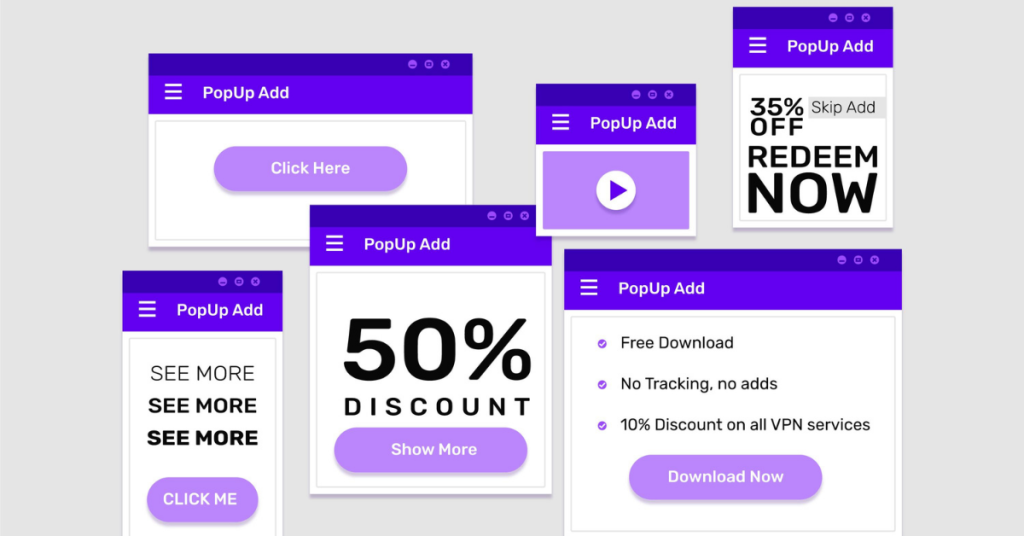
5 Best Practices for Creating High-Converting Pop-Ups
A pop-up should never feel like a rude interruption. Instead, it should feel like a natural extension of the customer journey—guiding visitors toward the next logical step in your funnel, whether that’s subscribing, downloading, or buying. When executed well, pop-ups can increase engagement and boost conversions without frustrating your audience.
Here are five proven best practices to make your pop-ups work harder for your funnel:
1. Provide a Compelling, Value-Driven Offer
People won’t respond to generic “Sign up now” messages. To capture attention, your pop-up must offer something valuable and specific that resonates with your target audience.
Instead of saying: “Join our newsletter”
Try: “Subscribe today and get our free digital marketing toolkit instantly.”
If you’re running an online store, consider: “Take 15% off your first order—only available for new subscribers.”
Why it works: Clear, benefit-driven offers demonstrate immediate value, making users more likely to act instead of dismissing your message.
2. Keep the Design Simple, Clean, and User-Friendly
Design plays a huge role in how your pop-up is received. A cluttered or intrusive design can turn people away, but a minimal, on-brand design can feel professional and trustworthy.
Best practices for design include:
- Use your brand colors and fonts for consistency.
- Keep text short, bold, and easy to scan.
- Include one clear call-to-action (CTA).
- Make the close button visible and easy to click.
Pro tip: Never block the entire screen unless it’s a time-sensitive promotion. A sleek, non-intrusive design enhances trust and keeps users engaged.
3. Master Timing and Triggers
Timing can make or break your pop-up strategy. Show it too early, and you risk scaring off new visitors. Wait too long, and you might miss the chance to convert. The solution? Smart triggers.
Here are the most effective options:
- Exit-intent pop-ups → Triggered when a visitor’s mouse moves toward closing the tab.
- Time-delayed pop-ups → Activated after 10–20 seconds, once visitors have explored your page.
- Scroll-triggered pop-ups → Shown after users reach 50–70% page depth, ensuring they’re engaged.
When you align timing with user behavior, pop-ups feel helpful instead of annoying.
4. A/B Test for Continuous Optimization
No matter how strong your design or offer is, you won’t know what resonates until you test it. A/B testing pop-ups helps you identify what works best for your audience.
Elements worth testing include:
- Different headlines and CTAs.
- Pop-up formats (banner vs. modal).
- Timing (10 seconds vs. 30 seconds).
- Offer types (discount vs. free resource).
Use funnel optimization tools like OptinMonster, Thrive Leads, or ConvertBox to run tests and track performance. Over time, small improvements compound into major conversion lifts.
5. Optimize Pop-Ups for Mobile Users
With mobile traffic dominating the web, your pop-ups must be mobile-friendly. A poorly designed mobile pop-up can frustrate users, increase bounce rates, and even hurt your SEO.
Follow these mobile optimization tips:
- Use smaller, banner-style pop-ups instead of full-screen takeovers.
- Ensure the close button is large enough to tap easily.
- Keep text concise and readable on small screens.
- Avoid intrusive formats—Google penalizes websites with aggressive mobile interstitials.
Remember: A smooth mobile experience isn’t just about convenience—it directly impacts conversions and search rankings.
Final Thoughts: Use Pop-Ups Strategically to Boost Conversions
When used with purpose, pop-ups can transform your funnel pages from passive landing pages into high-converting sales engines. The difference lies in strategy. Poorly timed or irrelevant pop-ups frustrate visitors, but smartly designed, value-driven pop-ups guide users toward meaningful actions—whether that’s subscribing, downloading a resource, or completing a purchase.
To recap, the most effective pop-up strategies include:
- Offering genuine value (discounts, free guides, exclusive access).
- Timing pop-ups based on behavior rather than interrupting instantly.
- Designing for mobile-first experiences to avoid SEO penalties and user frustration.
- Running A/B tests to fine-tune performance and uncover what truly drives results.
If your funnel pages aren’t converting the way you’d like, integrating pop-ups could be the missing piece. They work as a subtle but powerful conversion accelerator, helping you capture attention at just the right moment.
And the best part? You don’t have to build them from scratch. Funnel-building platforms like ClickFunnels make it simple to design, launch, and optimize pop-ups that align with your funnel goals. With built-in testing tools and user-friendly templates, you can create pop-ups that not only grab attention but also deliver measurable ROI.
So don’t think of pop-ups as interruptions—think of them as conversion opportunities. Start experimenting today, and you’ll see just how much they can elevate your funnel performance.

